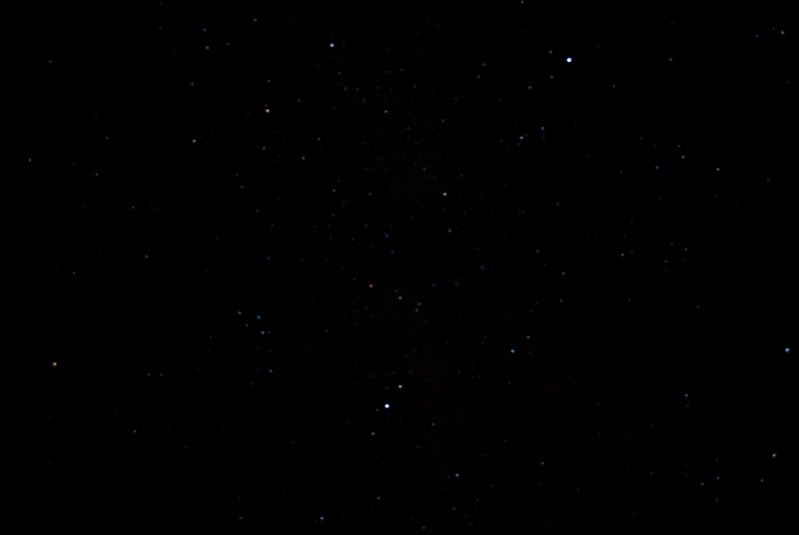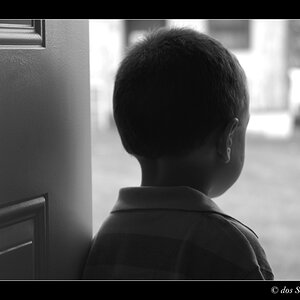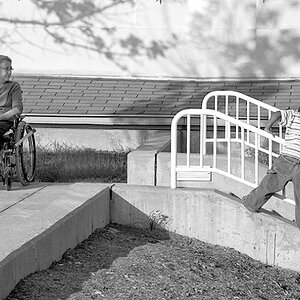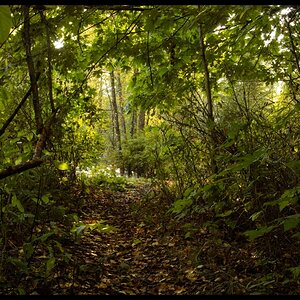thenikonguy
TPF Noob!
- Joined
- Jul 26, 2009
- Messages
- 589
- Reaction score
- 0
- Can others edit my Photos
- Photos OK to edit
Actually, it's common knowledge among experienced photographers.
yes, but thats not what we're talking about.. it doesnt take an experienced photographer to know that the earth rotates...
When I made a comment about the OP not knowing this, you stated that I made a similar stupid remark in 1 of my posts, however, not know the purpose of a circular polarizer spinning, and not know that the earth rotates are 2 DRASTICALLY different things... I believe we learned that the earth rotates in grade 1 or 2 science..




![[No title]](/data/xfmg/thumbnail/34/34073-71bff52a53b8313ff2bcccab6b05f9b8.jpg?1619736266)
![[No title]](/data/xfmg/thumbnail/40/40356-883c642c8d24d2709b359f9c8b196fcf.jpg?1619739437)



![[No title]](/data/xfmg/thumbnail/41/41762-58f644e561db7433f4f566037a965217.jpg?1619739884)


![[No title]](/data/xfmg/thumbnail/41/41760-e5b9dc90c1289f677ce3ca9dc1fa6dde.jpg?1619739884)


